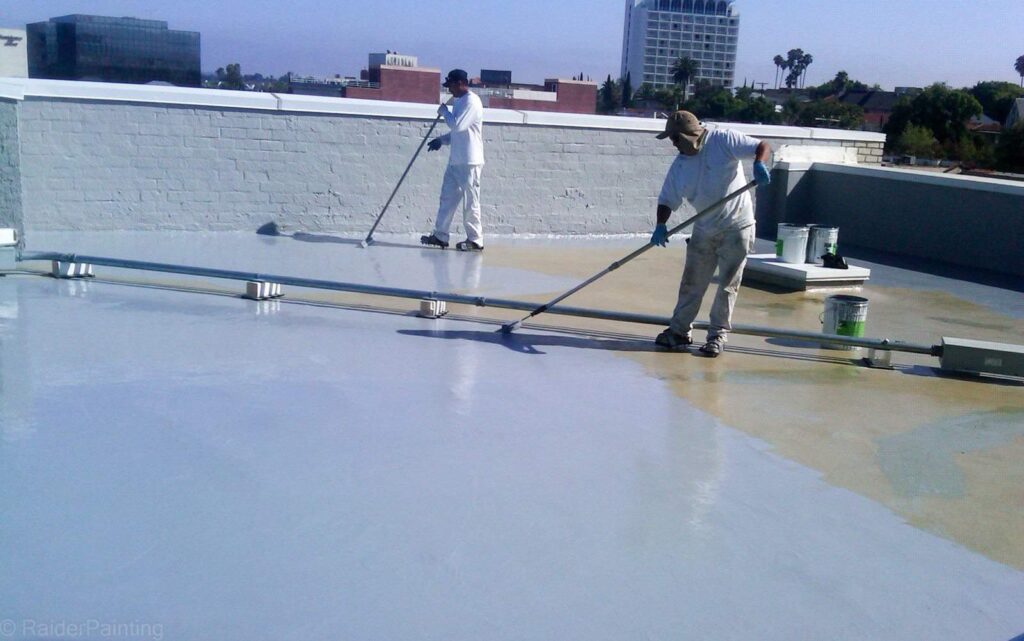
When it comes to safeguarding your home, one crucial aspect that often gets overlooked is waterproofing. Water damage can wreak havoc on your property, leading to costly repairs and health hazards. In this article, we will explore the various home water proofing methods and why they are essential to protect your investment.
The Importance of Home Waterproofing
Water damage can occur for a variety of reasons, such as heavy rainfall, flooding, or plumbing issues. It can weaken the structural integrity of your home, lead to mold growth, and damage your belongings. Waterproofing is the proactive measure to prevent these issues and maintain the value of your home.
Common Causes of Water Damage
Understanding the causes of water damage is crucial before delving into waterproofing methods. Common culprits include leaky roofs, foundation cracks, poor drainage, and basement seepage. Addressing these issues promptly is vital to prevent further damage.
Different Types of Waterproofing Methods
Interior Waterproofing
Interior waterproofing focuses on preventing water from infiltrating your home's interior. It involves sealing cracks, applying waterproof coatings, and installing sump pumps to redirect water away from your basement.
Exterior Waterproofing
Exterior waterproofing aims to keep water from reaching your home's foundation in the first place. This method includes cleaning gutters, grading the soil away from the foundation, and applying waterproofing membranes.
Basement Waterproofing
Basements are especially vulnerable to water damage. Basement waterproofing methods are designed to keep this space dry and habitable, safeguarding your home's foundation.
Roof Waterproofing
Roofs are the first line of defense against rain and snow. Roof waterproofing helps extend the lifespan of your roof and protect the interior of your home.
DIY Waterproofing vs. Professional Services
Before you embark on your home waterproofing journey, consider whether you should tackle it as a DIY project or hire professionals. While some methods can be done by homeowners, others may require the expertise of experienced contractors.
Materials and Tools Required
To undertake a DIY waterproofing project, you will need various materials and tools. These may include sealants, waterproof paint, membranes, downspout extensions, and sump pumps, among others.
Step-by-Step Guide for DIY Interior Waterproofing
7.1 Inspect and Identify Problem Areas
Start by inspecting your home for areas susceptible to water infiltration. Identify cracks, gaps, and any signs of moisture.
7.2 Seal Cracks and Gaps
Seal any identified cracks and gaps using appropriate sealants to prevent water from seeping in.
7.3 Apply Waterproof Paint or Coating
Give your interior walls an extra layer of protection by applying waterproof paint or coating.
7.4 Install a Sump Pump
Installing a sump pump can help manage water in your basement, preventing flooding.
|